How to Bring Crypto‑Native Yield to Institutions
Start with Securitization
Institutional investors are intrigued by crypto-native yields — from Ethereum staking to stablecoin farming — but wallets and DeFi frontends are sometimes still hard to access, and familiar entry points for conventional asset management systems are needed. In fact, in a survey conducted by EY-Parthenon, 62% of institutional investors still prefer to get their exposure to digital assets through more traditional and registered vehicles (Source)
The true unlock lies in structured products with crypto underlyings: Repackaging digital DeFi yields into regulated, bankable products like performance-linked notes (PLNs), Exchange Traded Products (ETP’s), etc. that fit into existing financial rails & portfolio mandates. This setup means that on one side it improves trust with investors, on the other side it gives a new distribution channel for foundations & protocols.
Rather than forcing institutions to touch raw tokens & positions directly, structuring products that look like bonds or funds — complete with ISIN’s, legal documentation, and custodians — makes crypto yields accessible within traditional portfolios.
The Problem: Why Some Institutions Can’t Tap DeFi Yet
Despite promising yields, most institutions can’t hold crypto-native yield or DeFi tokens due to:
• No recognized identifier (e.g., ISIN/ticker)
• Lack of a regulatory wrapper
• Custody constraints (They can’t self-custody or manage private keys)
This regulatory and operational friction prevents even top-performing DeFi strategies from being adopted by asset managers.
The Solution: Securitization Vehicles
The workaround? Package crypto returns into familiar TradFi structures — or alternatively, bringing on-chain assets off-chain.
A Securitization Vehicle (SV) allows the creation of segregated “compartments” that can issue notes linked to crypto strategies while maintaining EU regulatory compliance. See ‘Securitization’ on our website to learn more.
Each compartment issues PLNs legally tied to the underlying strategy’s performance. Investors buy a bond-like instrument with bank-compatible custody and documentation, while behind the scenes, the note is backed by crypto-native yield bearing products.
Execution Stack: Who Can Make It Happen?
Three regulated players coordinate to create and manage these products:
• Black Manta Capital Partners (BMCP): A MiFID II Licensed financial services institution operating a Luxembourgish Securitization Vehicle — Which issues and distributes the notes.
• Sors Digital Assets: A VASP Licensed digital assets services provider designs and manages the structure — handling pricing, NAV calculations, and fund flows.
• Fortuna Custody: A VASP Licensed custodian securing the underlying crypto native assets using institutional-grade infrastructure.
Together, a setup like this can turn any crypto native yield into fully-compliant investment products, accessible to traditional investors.
Reserve Protocol: The DeFi Yield Engine
ETH+ and USD3 are DTF’s — Decentralized Token Folios, or ‘crypto baskets’ — built on Reserve Protocol’s infrastructure. Reserve tracks performance, automates yield accrual, and provides the transparency and programmability needed to mirror that yield into a traditional note structure.
Reserve acts as the “oracle” and the middleware that syncs on-chain performance with off-chain financial products — ensuring every token’s yield is properly reflected in investor returns.
An Example in Practice
Here’s how it works:
1. Product Initiation:
• BMCP launches a “Performance-Linked Note – ETH+” via a dedicated SV compartment.
• The compartment is created within the SPV. Legal counsel drafts an offering memorandum and supporting legal documentation describing that the note’s returns link to the ETH+ token’s performance.
2. Investor Capital Deployment
• Investors navigate to the BMCP platform and complete KYC/AML.
• Investor decides to deploy capital into “Performance-Linked Note – ETH+”. The investor reads the legal pack and signs the subscription agreement with the preferred amount.
• Investor wires fiat to Luxembourg SPV ‘ETH+ Compartment’ bank account
3. Underlying Asset Held in Custody
• Under the instruction of the compartment manager, Fortuna mints ETH+ by depositing ETH on Reserve. Those tokens (worth, say, €10 million) sit in the secure Fortuna Fortress platform, owned by Compartment ETH+.
• MPC key-management and multi-sig approvals ensure bank-grade security.
4. Tracking token performance, calculating returns, and updates NAV
• Reserve shows that ETH+ yields 1.5% over a quarter (rebasing increases token quantity). Now the compartment’s ETH+ tokens equal €10.15 million.
• Sors updates the note’s NAV and notifies investors.
5. At maturity or redemption, investors receive returns matching ETH+ yield — no direct crypto exposure or wallets required.
This setup means institutions can access crypto-native returns and exposure to the underlying crypto’s price performance through securities they already understand and can hold on their balance sheets.
Why this Matters
The challenge for institutions isn’t wallets — it’s structure. They need compliant securities with documentation, ISINs, and regulated custody. Securitization provides the bridge, transforming DeFi strategies into products institutions already know how to buy, hold, and report.
That shift is already underway: BMCP, Sors, and Fortuna are working together to issue performance-linked notes backed by ETH+ and USD3, delivering crypto-native yield through traditional financial infrastructure. While some institutions can access DeFi directly, doing so remains operationally complex and often unclear.
Securitization isn’t a workaround — it’s the unlock. When done right, it turns crypto yield into regulated, investable products that belong in every institutional portfolio.
If you’d like to learn more about our Reserve powered products, read below;
Want to structure your own product? Contact us here




